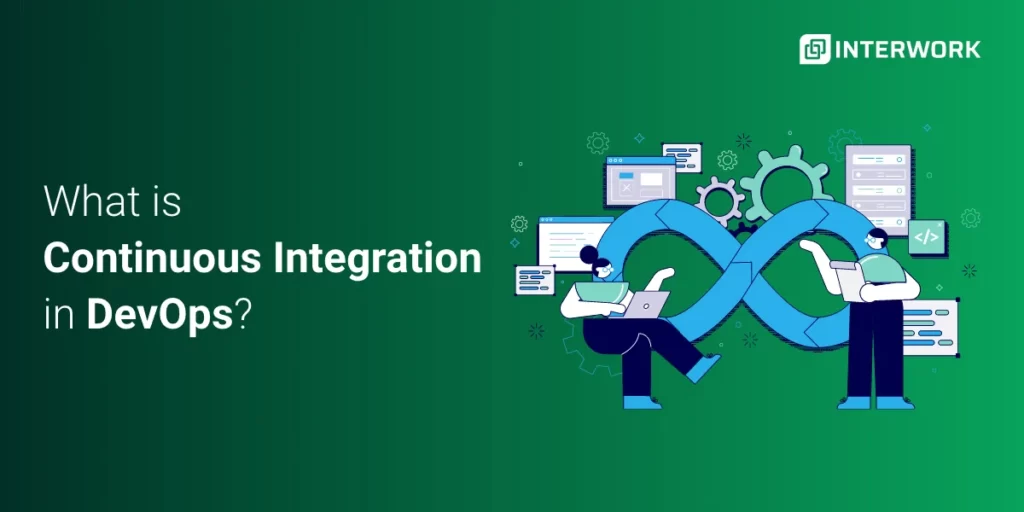Smart Manufacturing and ERP: Leveraging Industry 4.0 for Better Functionality
In the current world of dynamic industrial environment, Smart Manufacturing…

A single process or a set of processes that are defined and carried out as a part of the build pipeline in DevOps is called the Continuous Integration process. In the case of DevOps Implementation Services, we have single version control for both the Operations and the Development parts due to a single collaboration system. This not only enables the team to work in parallel but also stores the entire code in the single master repository.
In other words, Continuous Integration plays a key role in combining all of the individual scattered code into the single master repository ensuring that after every update the entire code is working correctly and meeting the acceptance criteria of the client. As soon as the individual code is updated into the version control system, the process of Continuous Integrations starts working.
The purpose of the Continuous Integration Process is to merge all the individual versions of codes into the single master base and with each save check with the automatic testing and building to ensure the proper versioning and code integration. The process of CI mainly includes:
In detail, we can explain the technical process.
There is a specific server allocated for continuous integration containing a particular CI tool on the standby. This tool steadily checks the version control tool in case a new code is asked to be updated or checked in for updating. As soon as the CI tool finds code in the pipeline, it triggers the automated compilation. Following this, the code is built and the Unit Testing process is initiated. It also double-checks the code with static code analysis and basic automated security testing.
In this build or CI pipeline, several tools work together like Jenkins, TestNG, or NUnit for unit testing, Sonar for static code analysis, Fortify for security testing, etc. This process might feel a bit lengthy but due to the elimination of manual processes, the entire cycle is completed in a fraction of a minute.
There are many benefits to recount with the involvement of Continuous Integration Process in DevOps.
Any company or business of the IT industry that wishes to work with the Agile Methodology while employing the least amount of resources, employ the DevOps professional and a qualified respective Development and Operation teams. This ensures that processes are easier to handle, quicker to carry out, and more efficient to work with. Such companies provide the best quality DevOps Consulting Services where clients approach for a thorough consulting to understand what kind of product is required, what are the requirements, and what is the acceptance criteria. Upon this study, the company prepares a plan to carry out the processes in the most efficient manner.
At the same time, when the processes are underway, the best companies are streamlining their DevOps Implementation Services for maximum benefit to clients. This is done by reducing the implementation time cycles and by collaborating parallelly over the common platform for easy code collaboration. This is followed by a smooth and quick Continuous Integration process which is the key part of the DevOps processes. With this, the master code remains intact without possible errors by ensuring individual codes are error and security-risk free.
Therefore, it is always advisable to employ the best quality and highly reviewed IT business that provides top-of-the-class DevOps Consulting Services and DevOps Implementation Services to carry out the key processes efficiently like Continuous Integration.